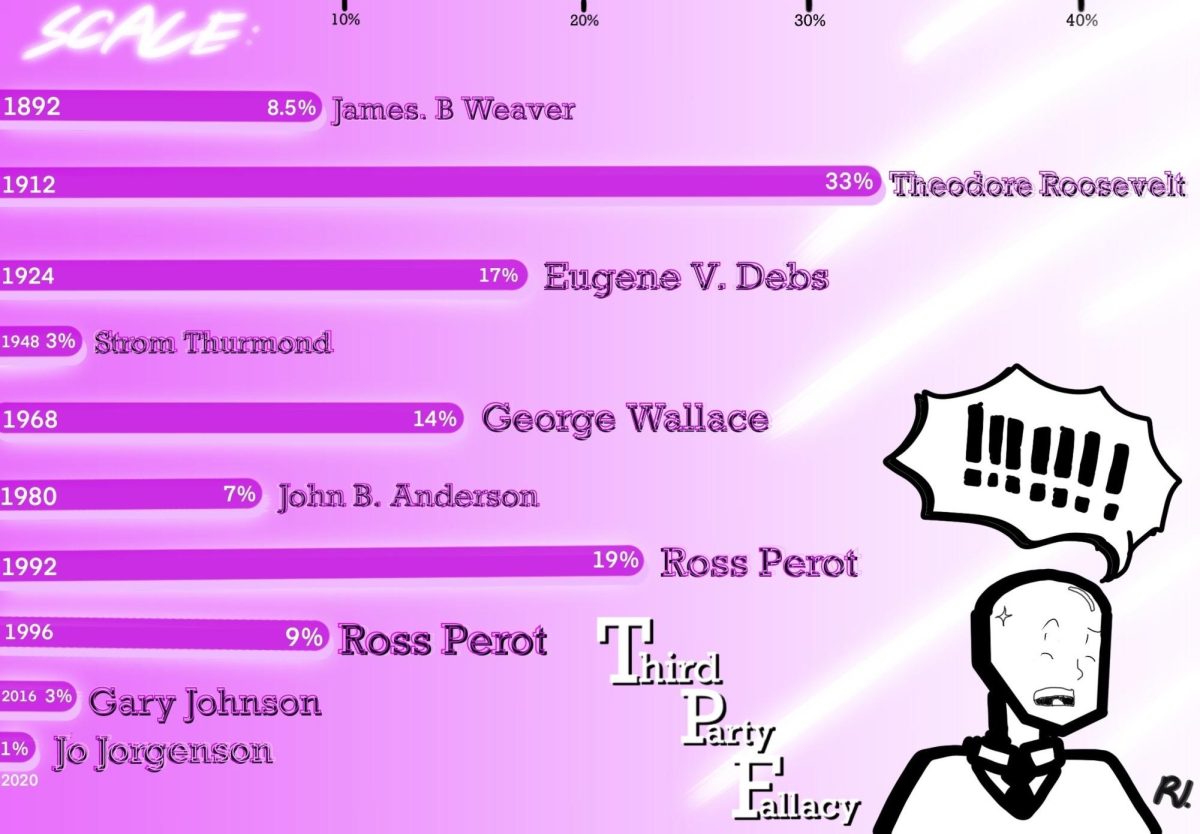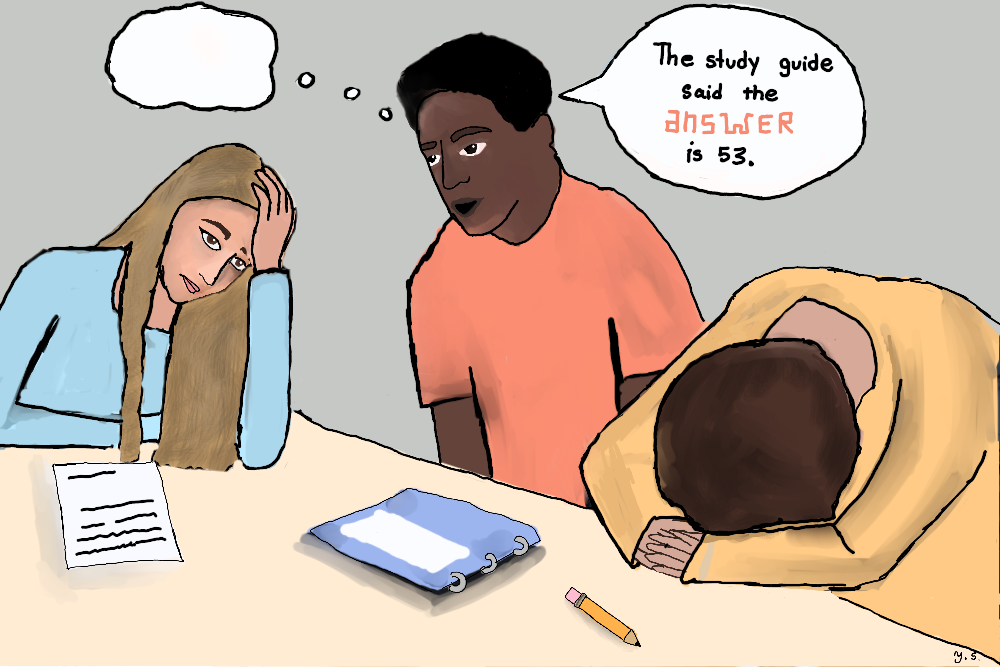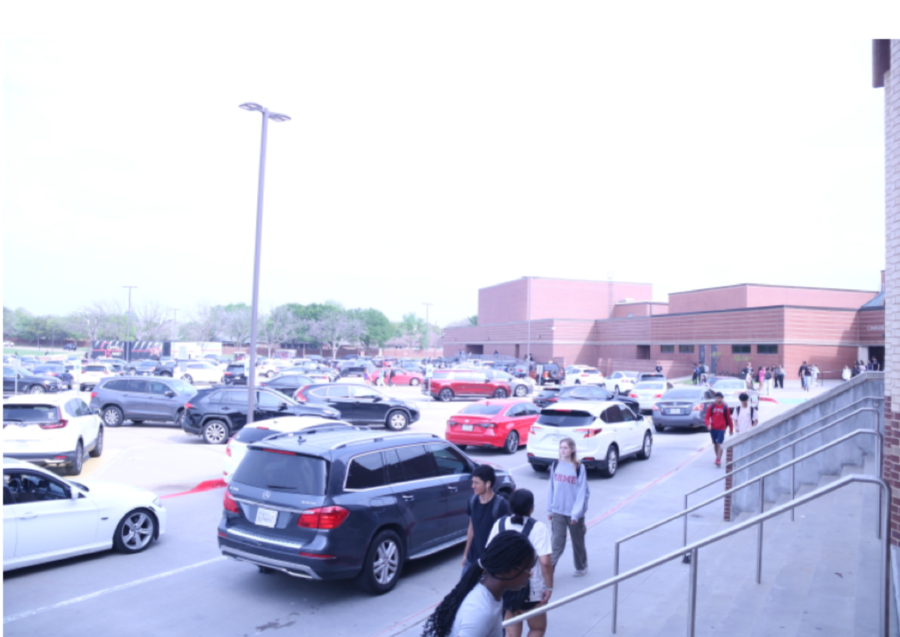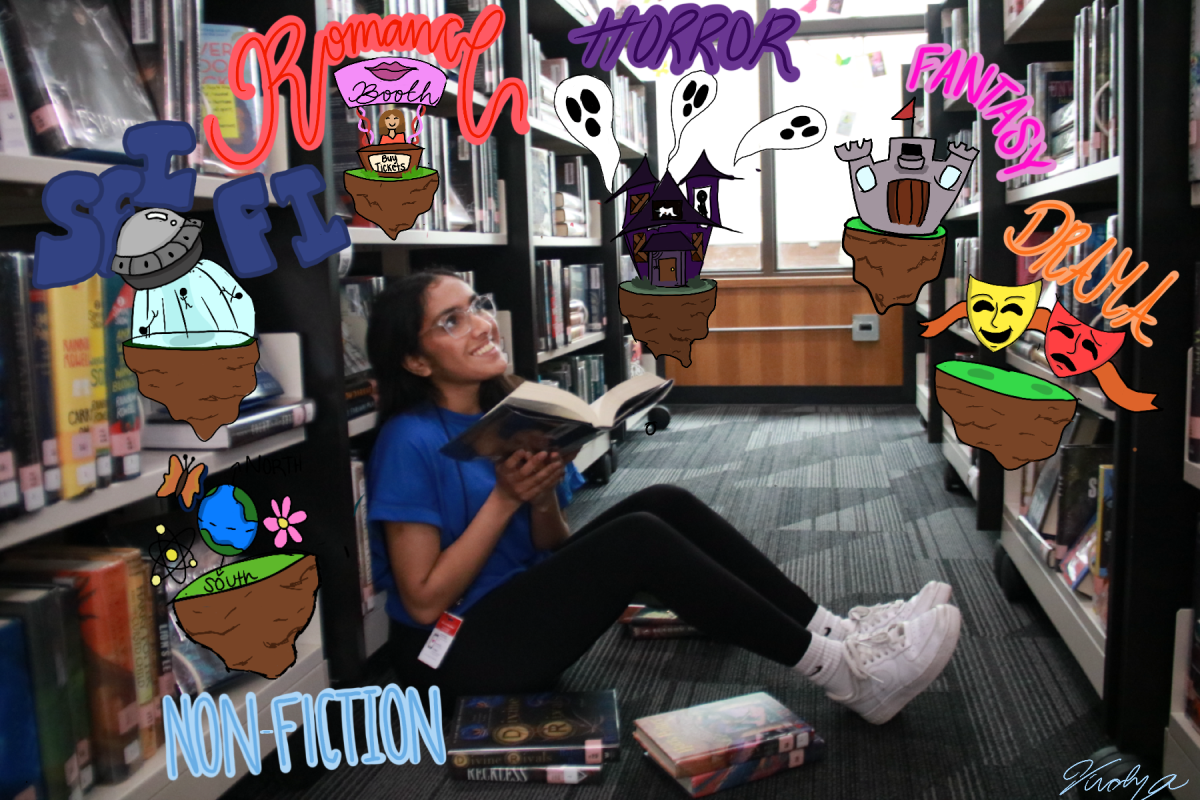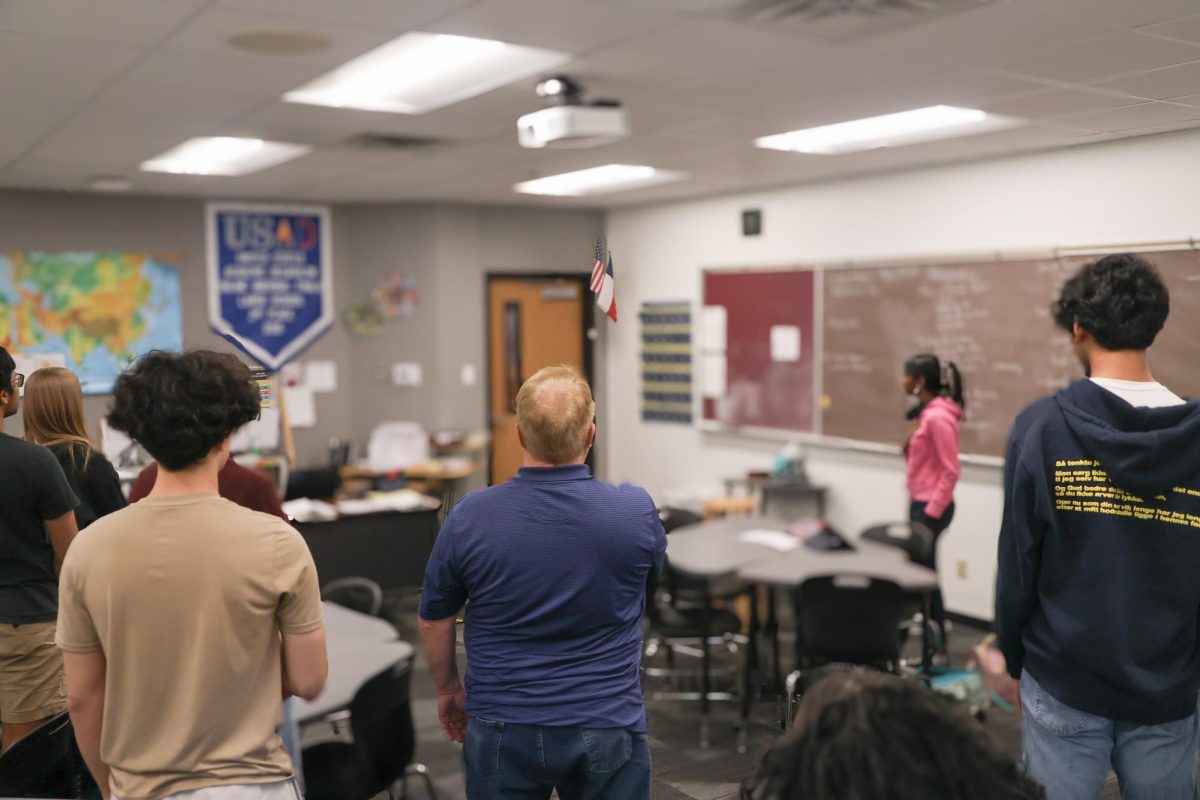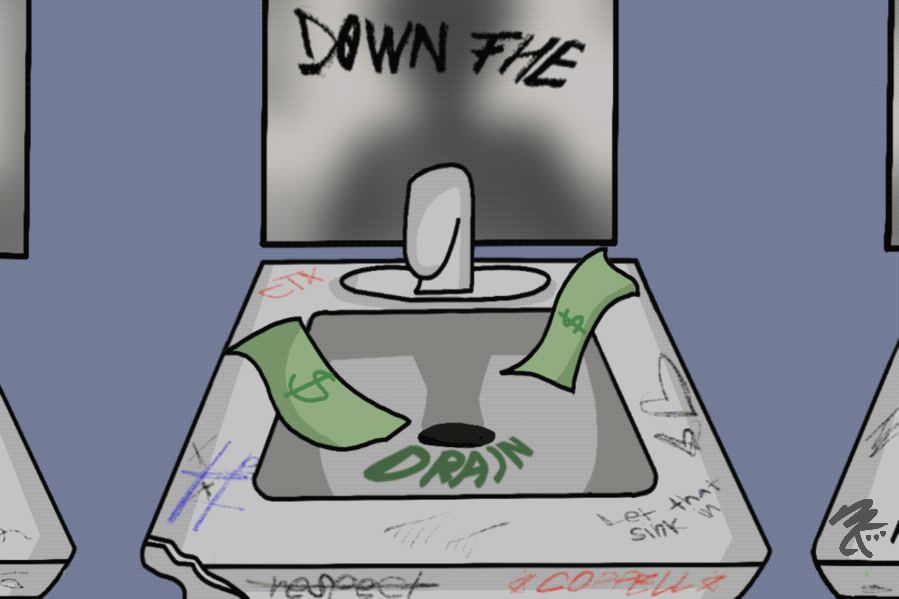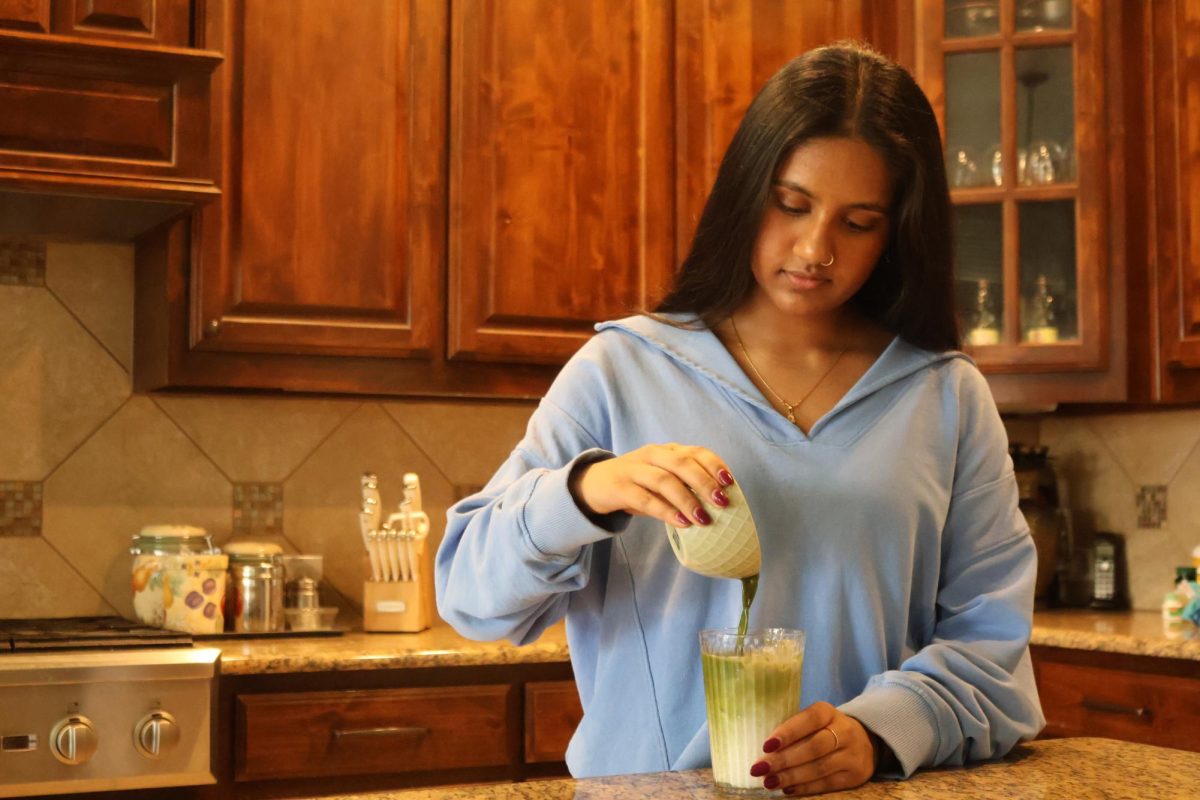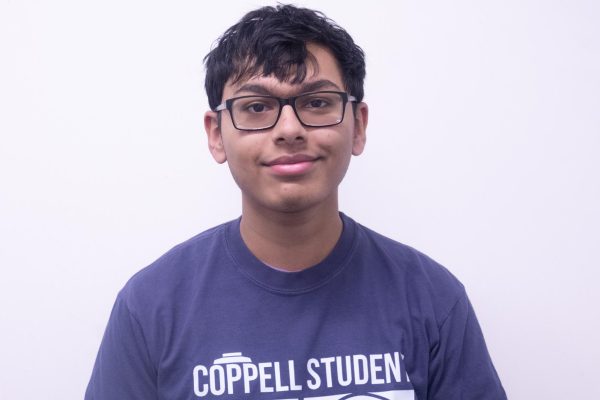As the 2024 presidential election concludes, many Coppell High School students had the privilege of being first-time voters. Heading to the polls, an increased number of young voters identified as part of the independent party, frustrated with the two dominant political options.
It is an understandable sentiment, and for young voters disillusioned by the current political landscape, third parties represent the hope of change – of something different, of something better.
Since the early 2000s, the desire for the creation of a third party has been festering, starting with 40% in late 2003 and rising to 63% in late 2023, and as of 2024, 50% of Americans think the current two political parties are inadequate according to polls by Gallup News.
But is it realistic to believe that voting third party could break through the decades-long current political binary, and set a new precedent?
Historically, while third-party candidates have remained steadfast through many elections, they have never posed a serious threat against the two major parties. In fact, no third-party candidate has ever won the presidency in the modern era, never reaching above 30% in the popular vote through the last century.
To understand why these percentages are so low, we need to look at how the current presidential election functions.
The current winner-takes-all system used in most states, where a candidate only needs to win the popular vote in said state to receive that state’s electoral votes, reinforces the two-party system by not allowing parties that are near winning to gain any kind of footing.
This structure makes it impossible for a third-party candidate to gain any kind of real momentum, and even if a third-party candidate more closely aligns with your values, voting for them could end up benefiting the candidate you like the least.
It is a strategic dilemma that has plagued voters considering third parties, and it’s why change cannot begin at the top.
Realistically, America’s decades set precedent for the presidential election is not going to change arbitrarily in one election, when no other third-party candidate has even been a real contender for the presidency.
If we want third parties to challenge the status quo, the process needs to begin at the grassroots level. Local politics are where progress is more attainable and realistic, and where third-party candidates have an actual chance.
Positions on city council and mayoral jobs offer third-party candidates the base to start a political platform, and eventually work their way into higher political positions, gaining recognition.
Take, for example, the two largest third parties in the United States: the Green Party and the Libertarian Party. Although they have both attempted the presidential election, they both have had much more success in local elections.
In addition, we also need people to start seeing third-party choices more and more to increase their representation in larger politics. If voters are only concerned with voting between Democrats and Republicans in their local politics, the idea of straying from that in the biggest election in the United States seems foreign and unrealistic.
If all these voters do is vote third-party every four years, support is never going to culminate into an actual chance for presidency.
The idea of third parties in the presidential election is not going to be impossible forever; it is simply unrealistic as of right now.
If we want change, the way we can help change that is by participating in democracy not just on a national level, but on a local one.
Follow Hamza Zakir (@hamza_a_zakir) and @CHSCampus on X.



